Every year, birdwatchers around the world take part in one of the most spectacular wildlife-related events in the world. The Great Backyard Bird Count is held annually in the middle of February (this year it ran from the 17th to the 20th) as a way for the National Audubon Society—an organization devoted to the study and conservation of birds—to determine what birds inhabit gardens and suburban areas worldwide.
For four days, casual and dedicated birdwatchers keep lists of the total number of species they see around their houses and yards, as well as the number of individuals of each species. In the 2017 count alone, they recorded more than 5500 species (more than half the number of bird species known to exist in the world), and more than 23,000,000 individual birds of all kinds were seen.
Despite its name, the bird-watching done for the Great Backyard Bird Count can happen anywhere, so long as it’s in the area where you live as opposed to a distant wilderness. That way, there’s a more clear cross-section of bird species and habitats around the world, instead of just a few highly sought-after locations that many people visit. Some of the most incredible species seen during a Great Backyard Bird Count include the ibisbill (a long-beaked wading bird from Asia) and the Magellenic plover (a shorebird from South America).
What scientific purpose does the Great Backyard Bird Count serve? Several, actually. By looking at the trends in how many individuals of a certain species of bird are seen from year to year, scientists can determine whether the population is rising, falling, or remaining steady. This is especially important for species that are threatened by habitat destruction or disease. During the 2007 Count, for example, a number of formerly-common birds were noted to have decreased in number dramatically, including the bobwhite quail and the lark sparrow (a large sparrow found mainly in the southwest).
The Great Backyard Bird Count has also proven helpful in noting changes in the habits of birds. For example, in the 2017 count, it was noted by several birdwatchers here in Davidson that songbirds that normally visit bird feeders during the winter were not doing so. Instead they were hiding reclusively in bushes and trees. This can likely be attributed to changes in the Earth’s overall temperature—almost certainly brought about by humans—which cause insects to emerge earlier in the year and provide food for birds.
Even if you don’t have a big yard, or don’t own a bird feeder, there are plenty of places in Davidson to watch birds. The campus of Davidson College has a number of bird feeders set up, most of which are well-maintained and attract a large number of birds every year. The greenway, or bike trail, that winds through the suburban part of town cuts through some forested areas and these make good birdwatching sites as well.
Even if you didn’t have a chance to participate in this year’s Great Backyard Bird Count, make sure to take part in next year’s, which will be held during the second week of February. Whatever you see during it, you’ll be helping real scientists do their work!



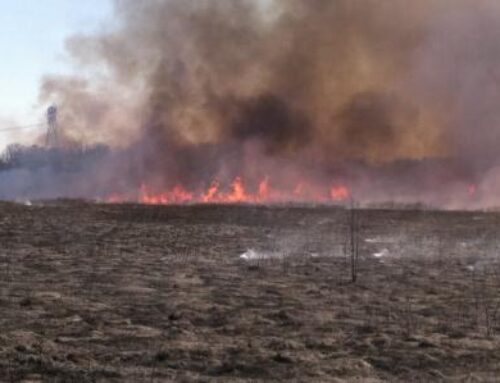


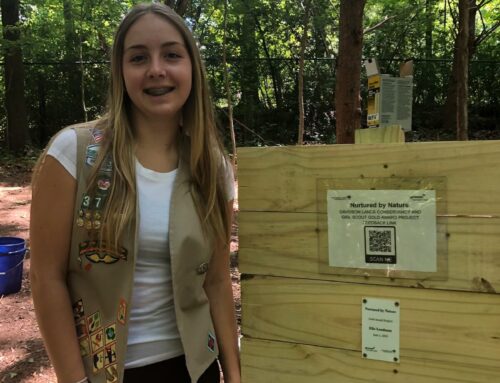

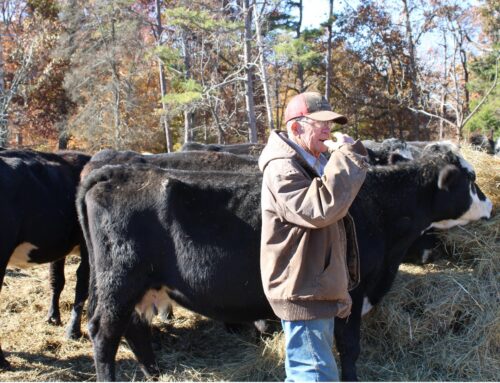





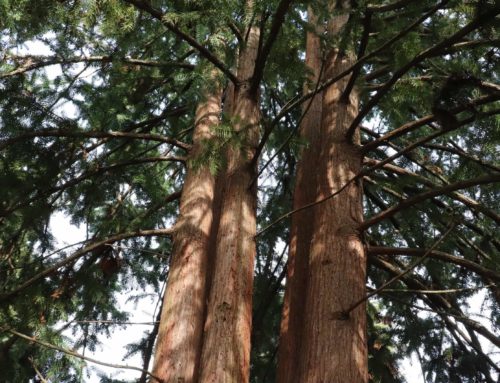





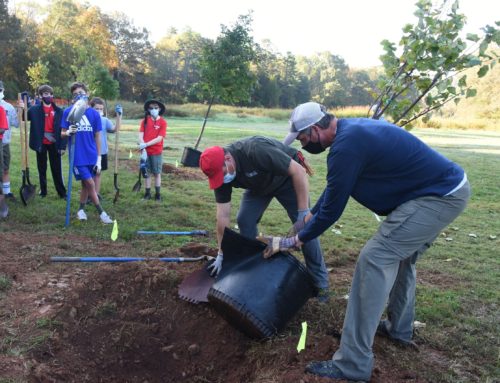


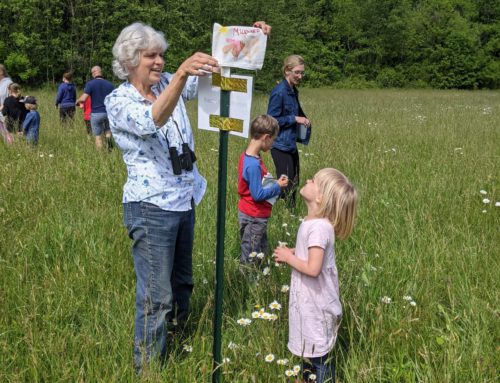
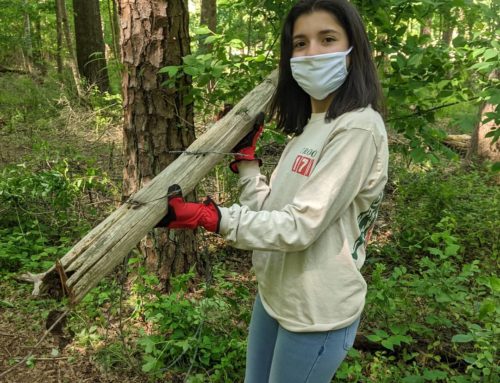
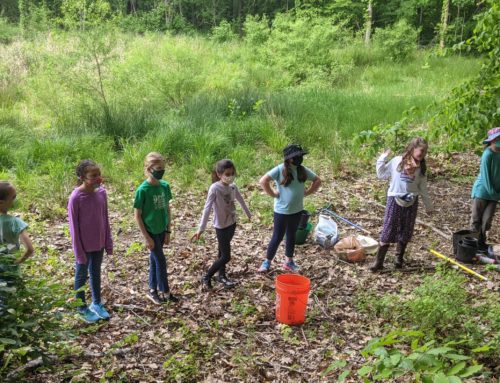
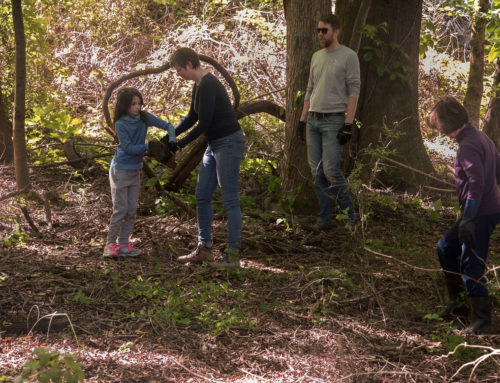





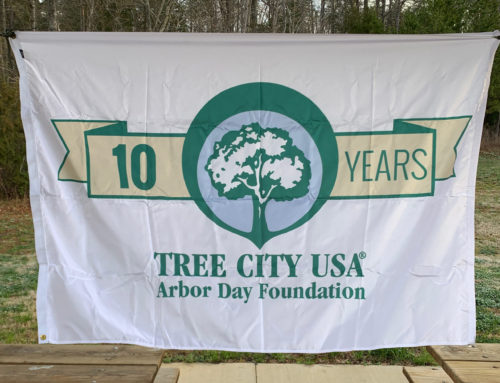
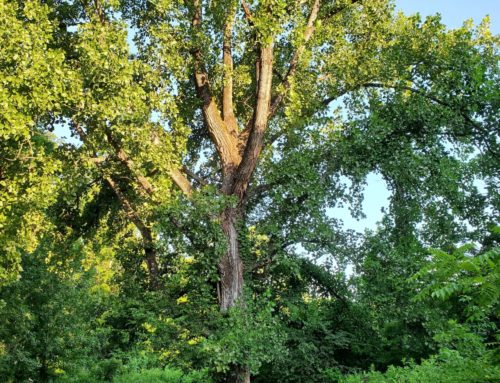

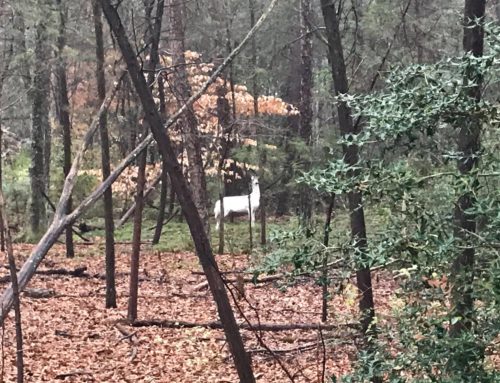




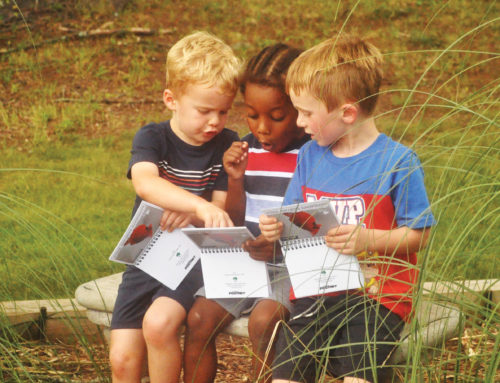


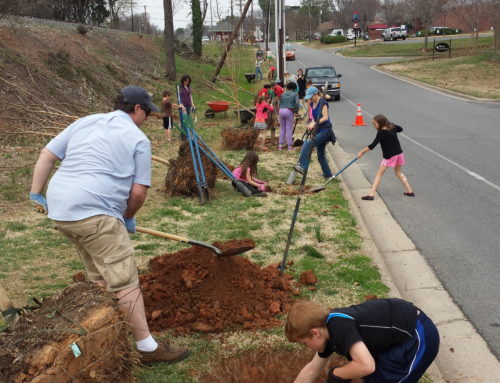

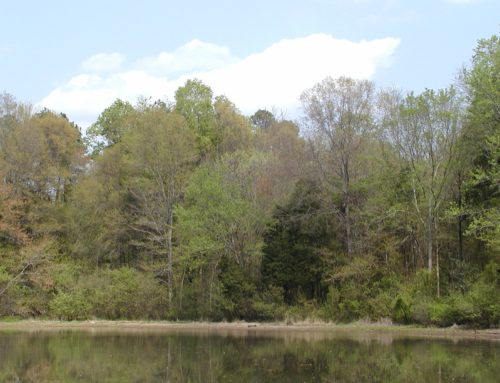

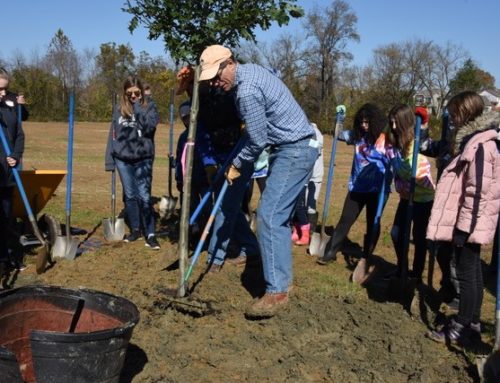





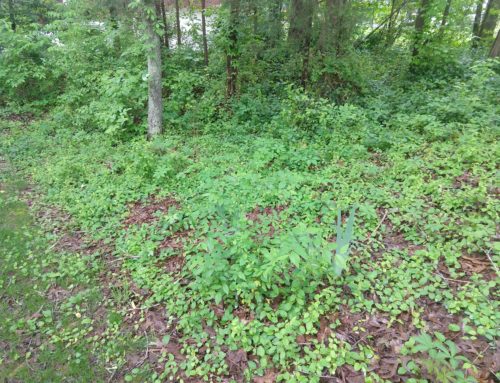





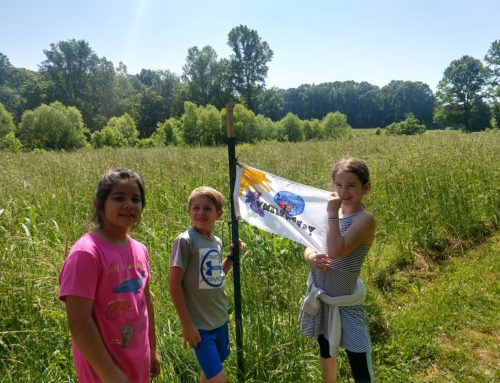



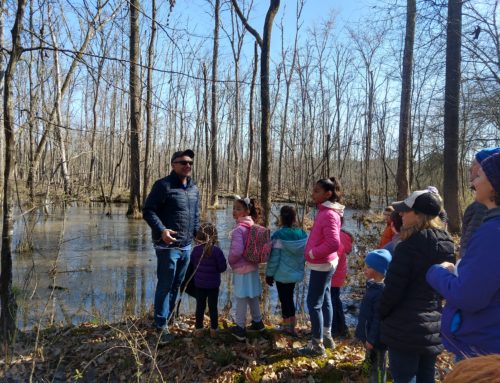






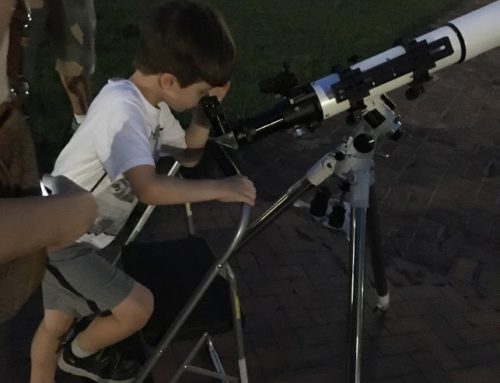

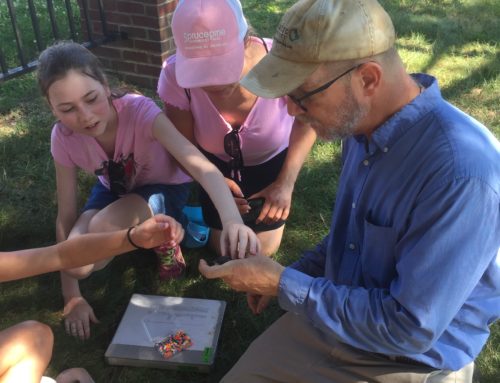
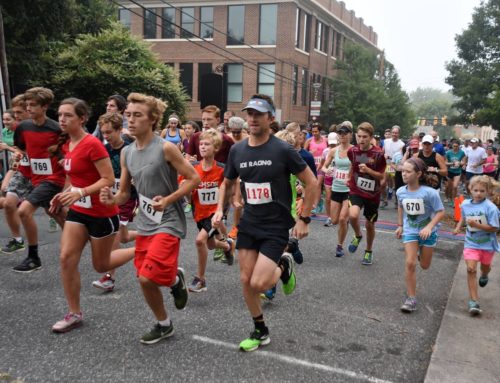

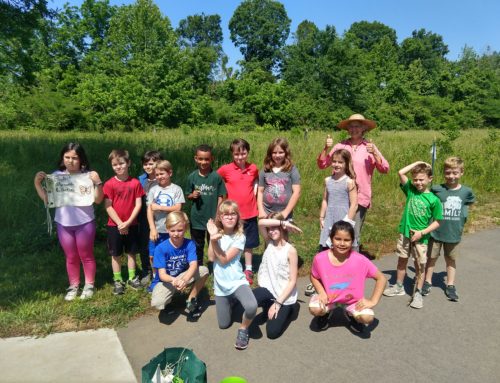

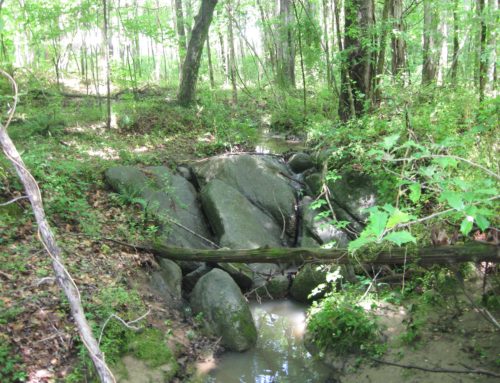



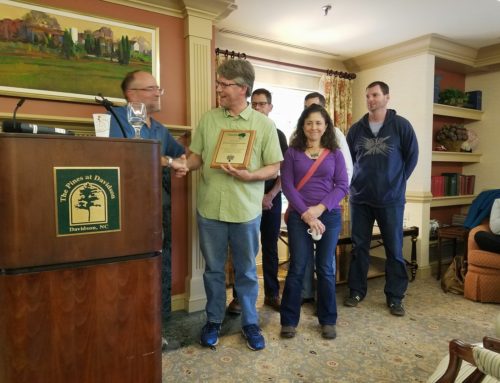

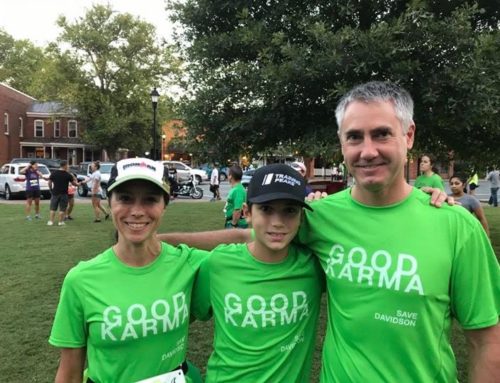
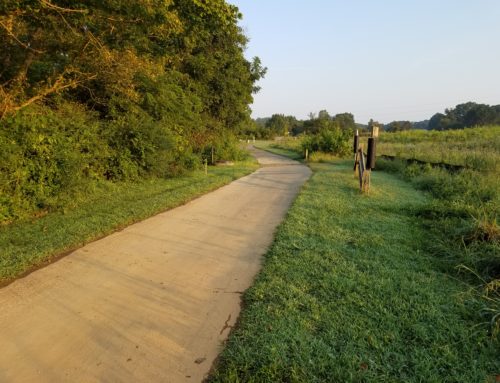





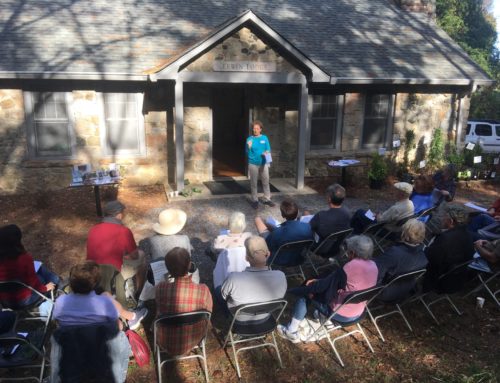
Leave A Comment